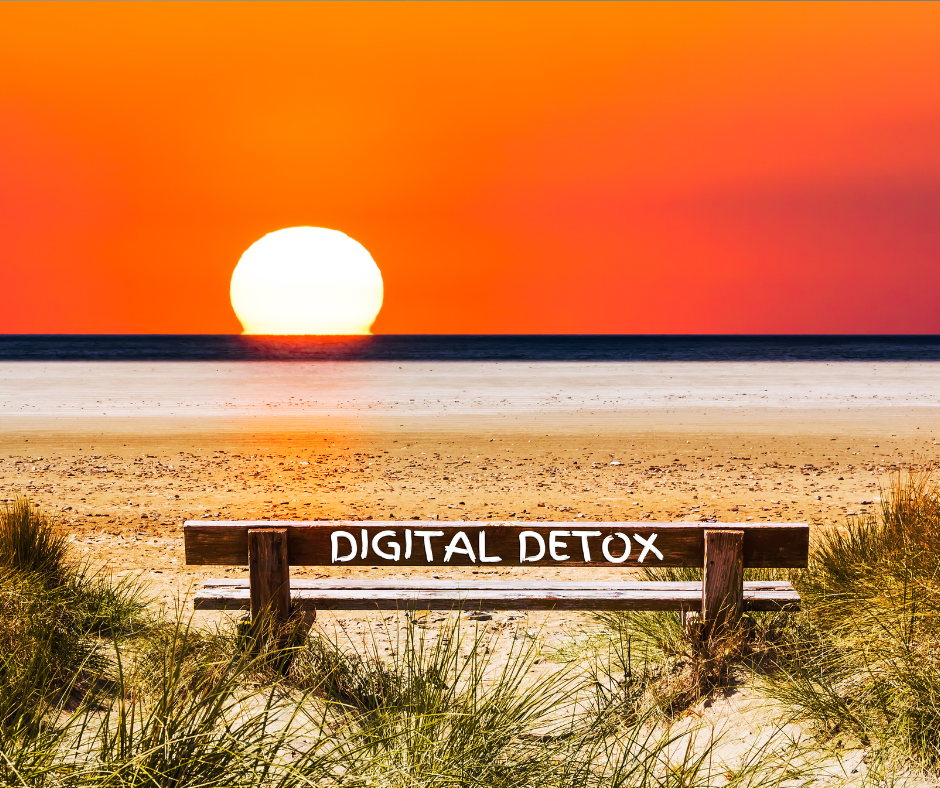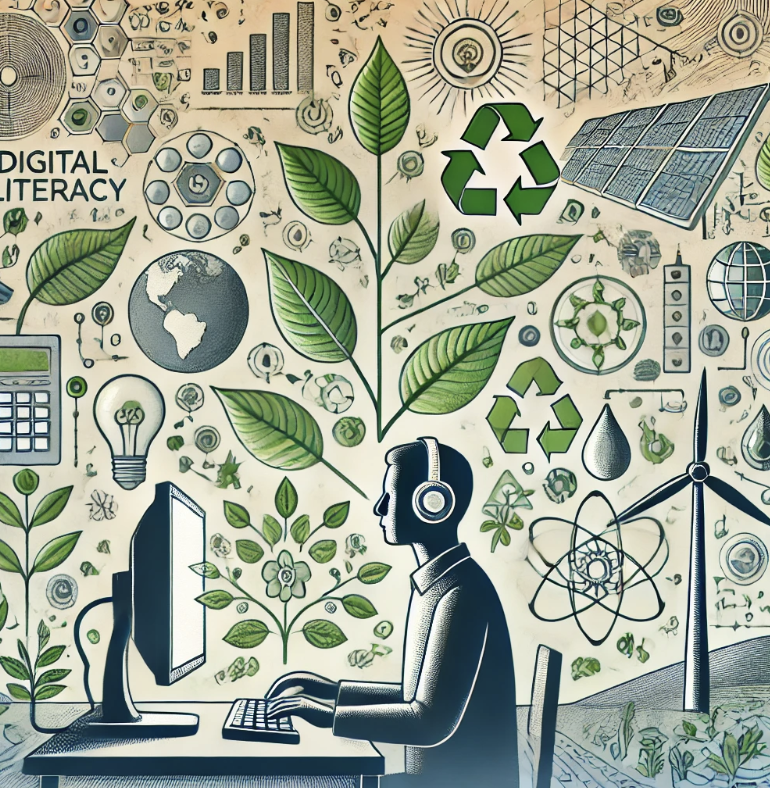Do you want to learn more about GNET ?
Click on the button below and download the guidelines for moderators to host debates.

According to McGill University, sustainability means meeting our own needs without compromising the ability of future generations to meet their own needs. Digital sustainability means reducing the digital impact on the environment—human, ecological, and economic health and vitality.
The steps we’re about to share are simple and accessible, designed to empower you to make a difference in your digital behavior.
Step 1: Check your website’s digital carbon footprint
Our Powerhouse Partner, Kruso, covered digital sustainability in one of their latest articles, “Sustainability on the Web Front”. They introduce us to an interesting tool that shows your website’s digital carbon footprint. Simply enter your URL and check the results → https://www.websitecarbon.com/
We tested the Ucommerce.net website. Whenever someone visits our site, it produces only 0.37g of CO2. Yearly, Ucommerce.net produces 44.16kg of CO2. It shows that the site also runs on sustainable energy.
Check yours and follow the following steps, which may help you become digitally sustainable.
Step 2: Re-think systems and databases
It is always a good idea to revisit the organizational systems and databases – digital sustainability or not. But when it comes to digital sustainability, did you know that an overload of data in your systems causes a significant increase in CO2 emissions? That’s why data clean-up is essential – because it reduces the load.
Every system or program uses electricity and resources. Now may be the perfect time to assess your organization’s systems and determine whether they are all necessary.
Step 3: Choose a green hosting provider
Green or eco-friendly hosting is basically using green energy to reduce the environmental impact. Websites are hosted on servers located in data centers, which require a lot of energy—not just for the computers but also for the air conditioning systems and other resources.
Choose a hosting provider that uses renewable energy resources. If you’re uncertain about which questions to ask a green hosting provider, Wholegraindigital covers them in this article: how to choose a green host. It says that the main things to consider are:
Does the hosting provider have renewable energy sources, like solar panels or wind turbines? Where does the provider buy renewable energy credits? Does the provider have direct energy supplies from other local renewable providers?
Step 4: Surf mindfully
So, while checking your website’s CO2 emission, you might’ve noticed that each website visit ejects emissions. Every search query, Instagram post, or message can consume electricity and spew CO2 emissions. So, the more programs and social media we use, the bigger the environmental damage we do. Mindful surfing is a good term to know to decrease your emissions.
To control your CO2 emission while surfing the internet, you can think of the Waste Management Pyramid equivalently. It does not fit a specific digital behavior. However, it can inspire how to start your digital sustainability journey and become a more mindful internet surfer. To become a more mindful surfer, ask yourself these questions:
Can I live without this digital activity?
Can I reduce my time surfing the internet/social media/this specific site?
Can I repurpose any of the information I have from other sources?
Step 5: Reach out to digitization experts
If you are considering a new or upgraded e-commerce solution, consider a future-proof solution like a composable commerce approach. Future-proof means a flexible solution that can scale with your business model and adapt to changing market and e-commerce trends.
Prolonging the longevity of your digital setup taps into the Waste Management Pyramid because you don’t have to start building all over again.
For this step, choosing the right digital agency partner is essential. Your Partner should be able to advise you on asking the right questions, selecting the fit systems, deciding on the right digital sustainability strategy, and practical stuff like, e.g. ways to optimize the page speed of your website (which can be one of the biggest CO2 emitters on your website if you’re loading too many/heavy resources).
In addition, starting with a professional digital agency can inspire you to examine the environmental aspect of your solution and carbon footprint and start implementing social and economic goals in your business life.
Source: https://ucommerce.net/news/digital-sustainability-how-to-be-digitally-sustainable-at-least-a-little
You must be logged in to post a comment.








Click on the button below and download the guidelines for moderators to host debates.
This article highlights essential steps for achieving digital sustainability. Checking your website’s digital carbon footprint is a great start, and using tools like the one mentioned helps raise awareness.
Revisiting and optimizing systems and databases can significantly reduce CO2 emissions. Choosing a green hosting provider, using renewable energy sources, is another key action.
One idea to enhance this could be the inclusion of carbon offsetting strategies, such as investing in renewable energy projects or reforestation. Promoting digital literacy on sustainability through workshops and educational content can empower more individuals to adopt mindful surfing habits and collectively reduce our digital impact!
Great post! It clearly explains the concept and breaks down actionable steps for businesses to take!
This blog post provides a valuable overview of digital sustainability. The concept of mindful surfing is particularly noteworthy, as it highlights the environmental impact of online activities. Additionally, the emphasis on future-proof e-commerce solutions is commendable, as it aligns with sustainable practices by reducing electronic waste.
To further enhance the article, exploring the potential benefits of browser extensions that block trackers and ads could be considered. Such tools can contribute to both environmental sustainability and improved user experience.